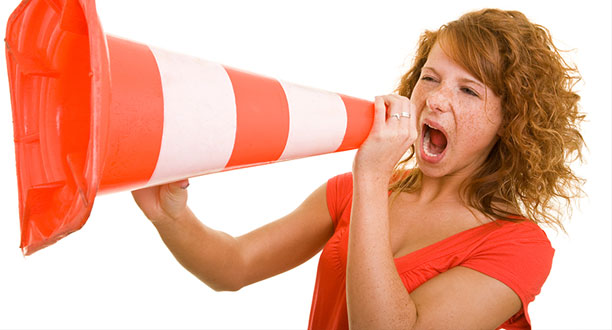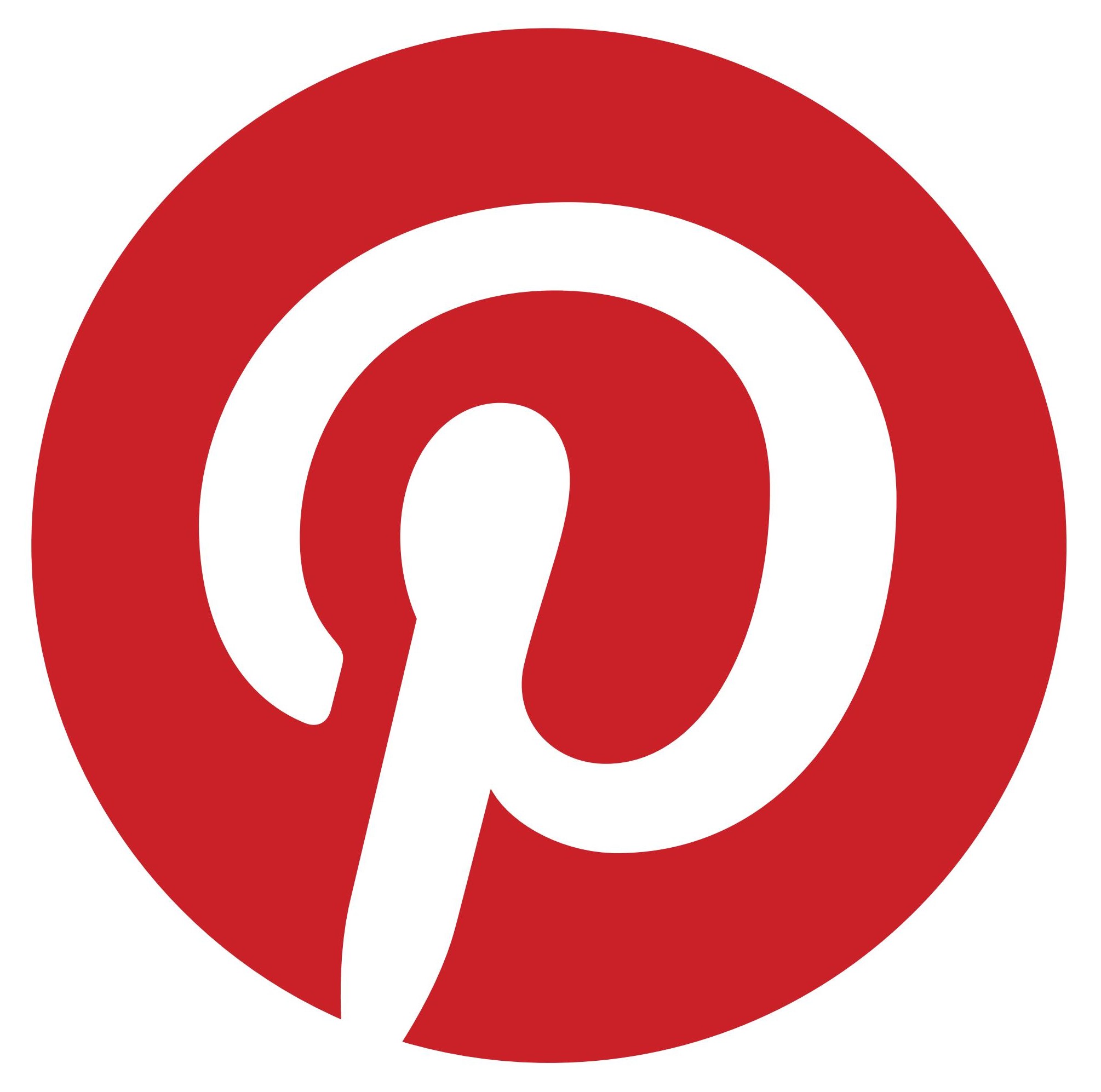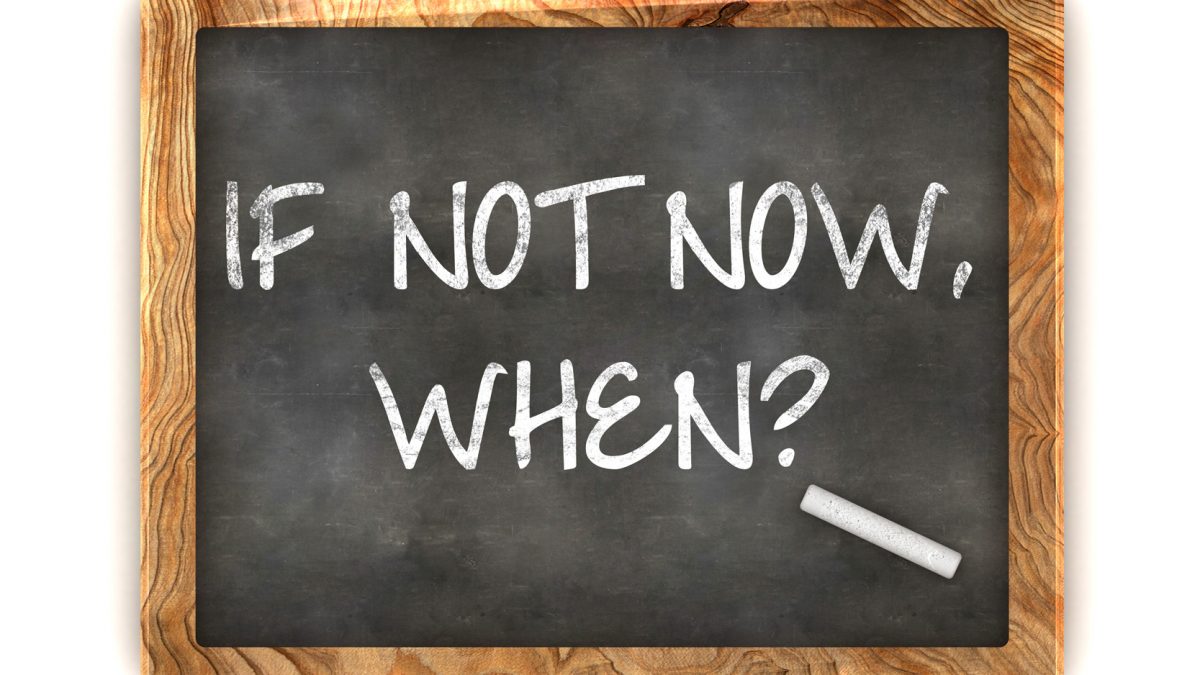
How to Create CTAs: A Step-By-Step Guide To Make Them Great
November 12, 2013
Pinterest Grows by Leaps and Bounds – Right to Your Favorite Sites
November 15, 2013Calls-to-action (CTAs) are critical lead generation tools. They’re the links, images and buttons that inspire your site visitors to engage with you, and more importantly, divulge their personal information. Sounds simple, right? Well, you would be surprised at how much thought goes into in such a small space.
Your CTAs will be much, much more effective if you use them right. Avoid these four call to action mistakes that marketers commonly make:
Cut out clutter
CTA clutter is a red flag to both prospective customers and competitors. It distracts your site visitors from the messages you want them to receive. If they are simply scrolling through your site, they are only going to spend a few seconds on each page. You want to make sure your offer stands out against the other text. When you have too many CTAs in on area or on one page, your offers will get lost in the mix.
To give your site visitors a simple path to your landing page form, stick to just one or two CTAs per page with minimal text and graphics. If you have made these suggested changes are still not receiving clicks, CTA clutter can be indicative of a poor website design. If you are having a hard time placing your CTAs or making them stand out, you might want to consider a new design or template.
Keep it short and sweet
As mentioned above, try to shoot for no more than one or two CTAs per page. You should also only use one topic with one related offer for each of them. I know, buttons can be fun to create, but don’t go overboard with font styles, font sizes, colors or graphics either. Keep your CTAs as simple as possible. Why? First-time visitors are most likely only spending a few seconds on each page. HubSpot recommends that your lead be able to glance at CTA and know the value it provides to them within five seconds.
Stay consistent
Marketers tend to exaggerate the services they’re selling, and that is a big mistake to make. Don’t promise your leads anything that you can’t deliver. Each CTA should share the same sentiment, tone and offer as its corresponding landing page. For example, if you offer a 20 percent discount coupon in your CTA, your landing page should reflect that same offer. And if your CTA is very casual, then your landing page should use the same tone. The landing page should be exactly what the user expected to see when they clicked on your CTA: a slightly more detailed description of the offer and a contact form that allows them to access the offer.
Because users are being redirected to another page after clicking on the CTA, you want to make sure they feel like they have reached the right place. They should never get the impression that they have landed on the wrong page, clicked the wrong offer or – more importantly – that they have been mislead. CTAs are intended to be a tool to strengthen your relationship with your leads, but giving them these feelings of doubt could weaken or even terminate it. This translates to a loss of sales.
Don’t jump the gun
This point is extremely important, because “jumping the gun” is probably the “king” of call to action mistakes – and one that marketers make the most. The most commonly-used CTA on business websites is “request a quote” or “request a demo.” However, according to HubSpot, more than 90 of visitors are not ready to make a purchase yet. They are still in the information-seeking and researching phase of the buying cycle, more toward the top and middle of the sales funnel. Since they mostly want information, it would make the most sense to include CTAs offering education content such as eBooks, white papers, case studies and checklists that cater to them. As your conversation continues, you can guide them further down the sales funnel by including more CTAs with more committed offers.
What other call to action mistakes do you see marketers making?




